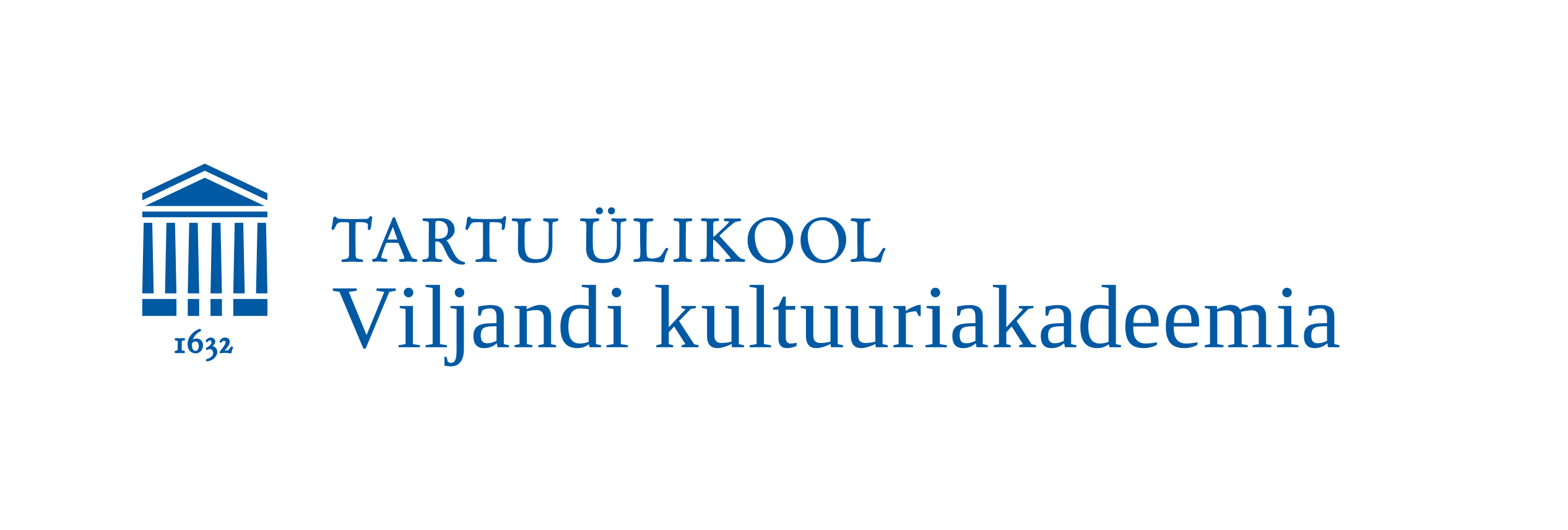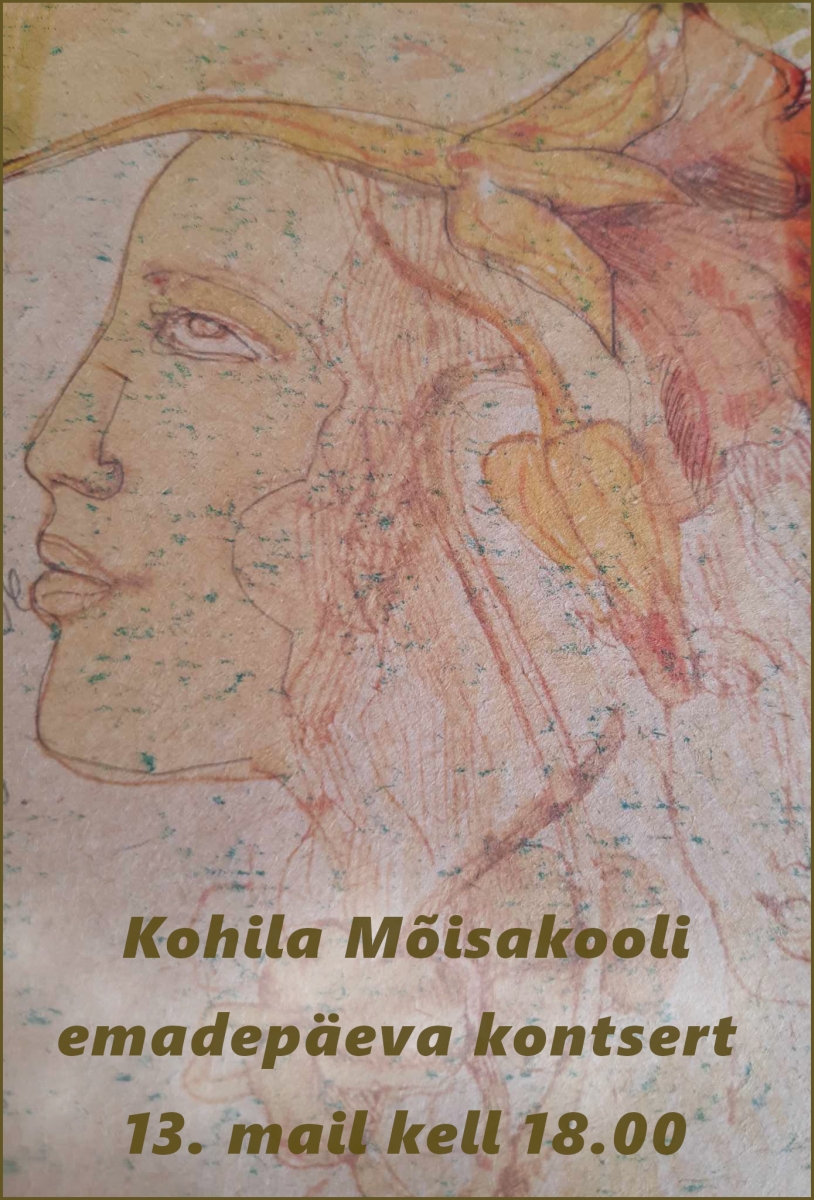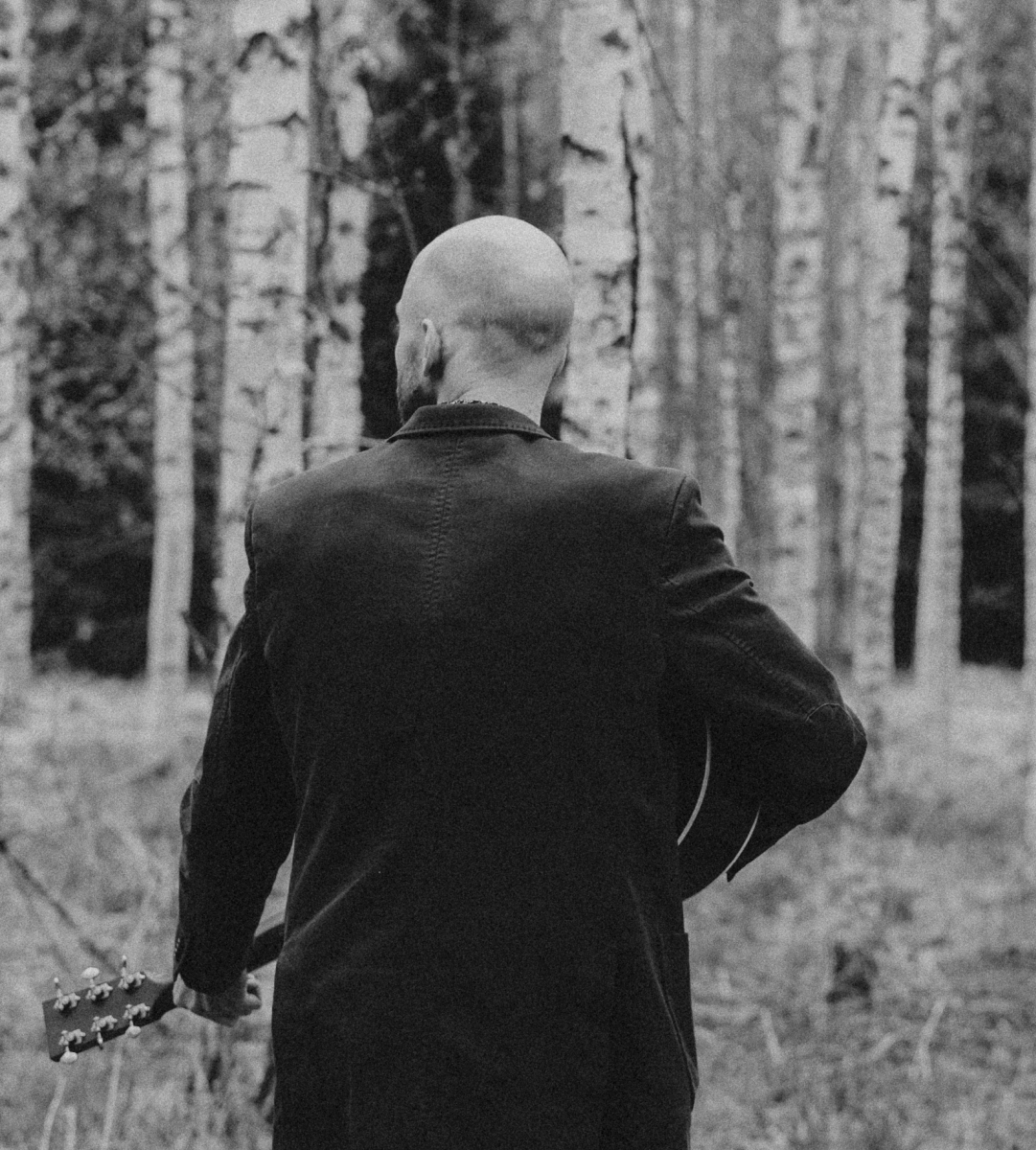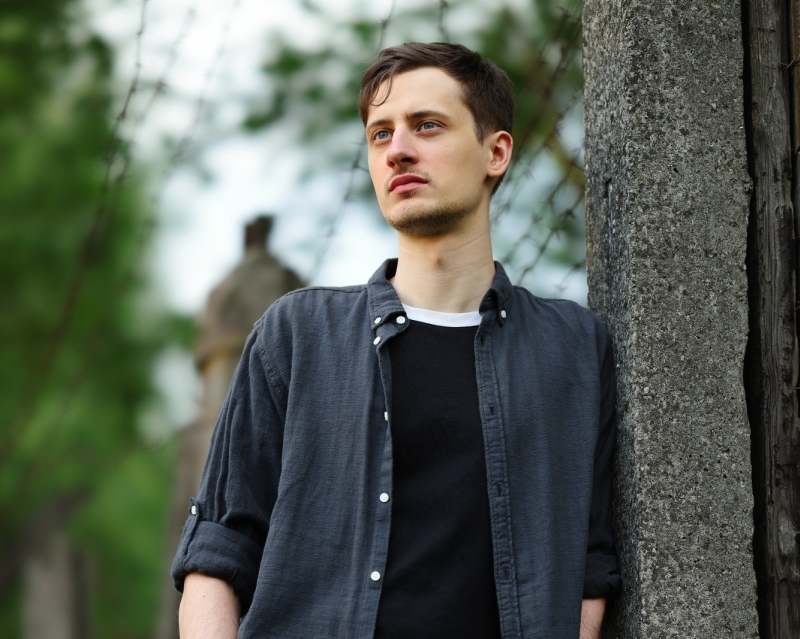“EESTI PÄRIMUSMUUSIKA OSA ÜLDHARIDUSKOOLI GÜMNAASIUMI ASTMES PÄRNU LINNA GÜMNAASIUMITE PÕHJAL” (juhendaja Celia Roose, MA).
LÜHIÜLEVAADE: Lõputöö uurimisaineks on eesti pärimusmuusika osa üldhariduskooli gümnaasiumiastme muusikaõpetuse tundides. Eesti pärimusmuusika osa sisseviimine õppekavasse on alles algusjärgus, seega pidas autor vajalikuks uurida õpetajate ja õpilaste nägemust selle rakendamisest. Selleks viis autor 2012. aasta alguses Pärnu linna gümnaasiumite õpetajate ja õpilaste hulgas läbi ankeetküsitluse, milles osales 6 muusikaõpetajana tegutsevat gümnaasiumiastme õpetajat ja 140 gümnaasiumiastme õpilast.
Uurimistulemustest selgub, et eesti pärimusmuusika osa üldhariduskooli gümnaasiumiastmes on 1-6 tundi ehk 1,5% – 5% kogu muusikatundide mahust. 4 õpetajat 6-st nõustus, et eesti pärimusmuusikal võiks olla muusikatunnis suurem osa, sama paljud hindasid oma pärimusmuusikaalaseid teadmisi keskmisest kõrgemaks. Tundide raames käsitletakse peaaegu kõiki gümnaasiumi õppekavas ära märgitud teemasid: regilaulu liigid, rahvapillid, rahvatantsud, uuem rahvalaul. Välja olid jäetud pärimusmuusika ja folkloori mõiste ning uuemad laulumängud.
Õpetajad on seisukohal, et pärimusmuusikat tuleks õpetada läbi praktilise tegevuse – ise pille meisterdades, regilaule lauldes, vanu laule ja pillilugusid kuulates, pärimus- ja rahvatantse tantsides, laulumänge mängides jne, et õpilased saaksid ettekujutuse pärimusmuusika olemusest.
Noorte vastustest selgus, et 34% õpilastest tahaks pärimusmuusika käsitlemist muusikatunni raames sisukamalt, sest see on meie kultuurile omasem ja meile tähtsam kui klassikaline muusikaajalugu. Põhiline õpilaste poolne sõnaseletus pärimusmuusikale on, et pärimusmuusika on põlvest põlve edasi kantud muusika. Noorte nägemus muusikatunnist üldhariduskooli gümnaasiumi astmes on igati praktiline – laulmine, sh pärimuslike laulude laumine, ise pillidel musitseerimine, muusika kuulamine, ettekannete tegemine, videonäidete ja filmide vaatamine.
Aet Vill
Lõputöö autor
TÜ Viljandi Kultuuriakadeemia
LÄBITUD ÕPPEKAVA: koolimuusika õppekava.
SUMMARY: The present works topic is the role of traditional music in higher-secondary schools music lessons. I was motivated to research the present topic by several reasons: my future work with pupils, the new national curriculum of music education, several articles and discussions about theoretical and fact-based music lessons. Since the integration of traditional music into music education curriculum is still in progress, I found it necessary to research teachers’ opinions of putting it into practice.
Part of present work’s aims was to map the teaching of traditional music in music lessons and to specify teachers’ opinions of traditional music teaching possibilities in higher-secondary school. The second part of present work’s aims was to map the pupils’ opinions of the necessity of traditional music in higher-secondary school curriculum and to map their views of music lessons.
To reach the aims I conducted a questionnaire survey among teachers and pupils of Pärnu higher-secondary schools between 17.01.2012 and 01.02.2012. 6 music teachers of highersecondary students and 140 students in higher-secondary schools took part in the survey.
The research indicated that the proportion of Estonian traditional music in higher-secondary music education is 1-6 lessons, which are 1,5- 5% of the whole music education. 67% of the teachers agreed that traditional music should have a larger proportion of the time in music lessons. That indicates to the existence of teachers’ view of traditional music teaching’s importance. 67% of the teachers regarded their knowledge of traditional music higher than average. 18% of the teachers regarded their knowledge below average. Despite all that, most of the topics mentioned in curriculum are present in lessons: types of runo-songs, traditional instruments, traditional dance, and newer traditional songs. The terms traditional music and folklore and newer song-games were left out. The teachers were aware of only 23% of the courses/retraining mentioned in the questionnaire. Hereby it is important to mention that from the known courses none had been attended, nor did they plan it in future. I agree with the teachers that traditional music should be taught through practical activities (by making instruments, singing runo-songs, listening old songs and instrumental pieces, dancing traditional and folk dances, playing games etc.) so that students would get an idea of the essence of traditional music.
Students’ answers revealed that 34% of them would like an expansion upon the topic of traditional music in music lessons because it is more specific to our culture and more important that classical music history. The main meaning students gave to the term traditional music was that traditional music has been passed down from generation to generation. Young people saw music lessons in higher secondary school as practical in every way- singing, also singing traditional songs, making music on instruments, listening music, making reports, watching videos and films.
As a possible further research I see the clarification of the information distribution about traditional music courses and retraining and also of their usefulness in the practice of teaching. On the basis of present results future surveys may be conducted to compare weather anything has changed in the teaching of Estonian traditional music in higher-secondary schools.



